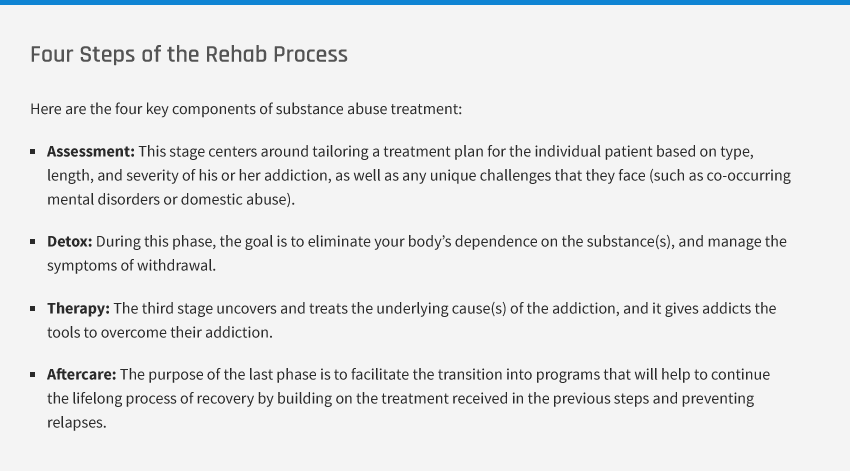The Substance Abuse and Mental Health Services Administration (SAMHSA) estimated in 2015:
- 12,462,000 individuals 12 years of age and older — 4.7% of the population — misused prescription pain relievers like codeine.
- 124,943 individuals 12 years of age and older in need of treatment enrolled in a rehabilitation program for misuse of opiates other than heroin.
According to a 2017 SAMHSA report that charts admissions to and discharges from publicly funded substance use treatment facilities, men are more likely to seek treatment for abuse of opiates other than heroin, which includes codeine. The gender breakdown of treatment admissions for opiates other than heroin was 52.7% male and 47.3% female. While opiate addiction occurs in all age groups, the most common age group admitted to a treatment facility for opiate use was individuals aged 25 to 34, with 35 being the average age of all individuals from all age groups who are seeking rehabilitation.


